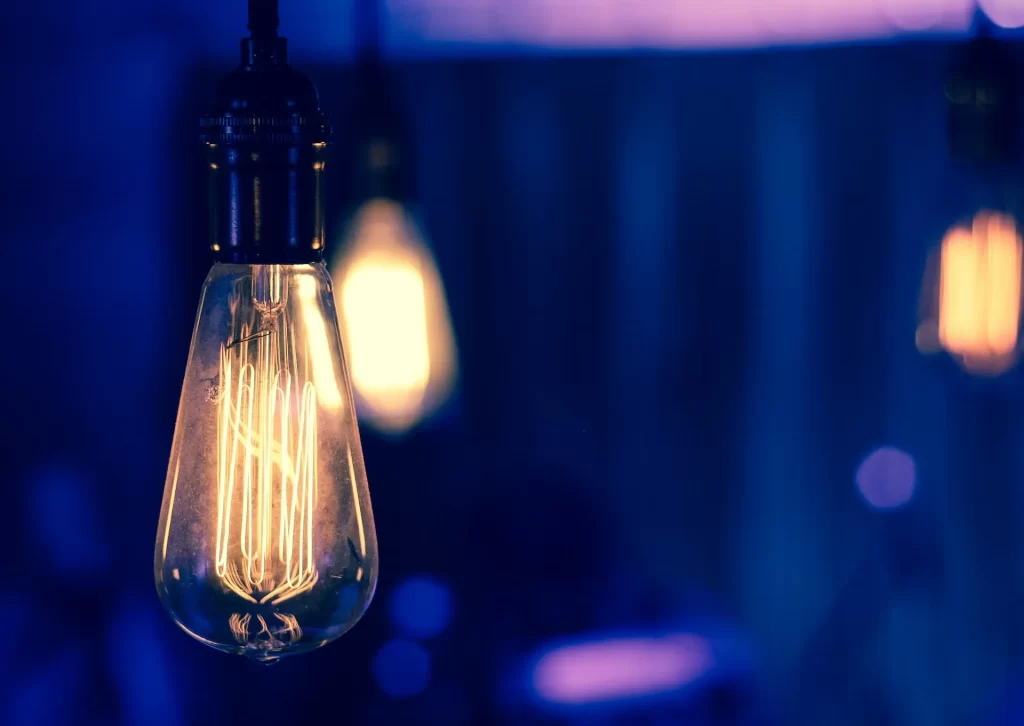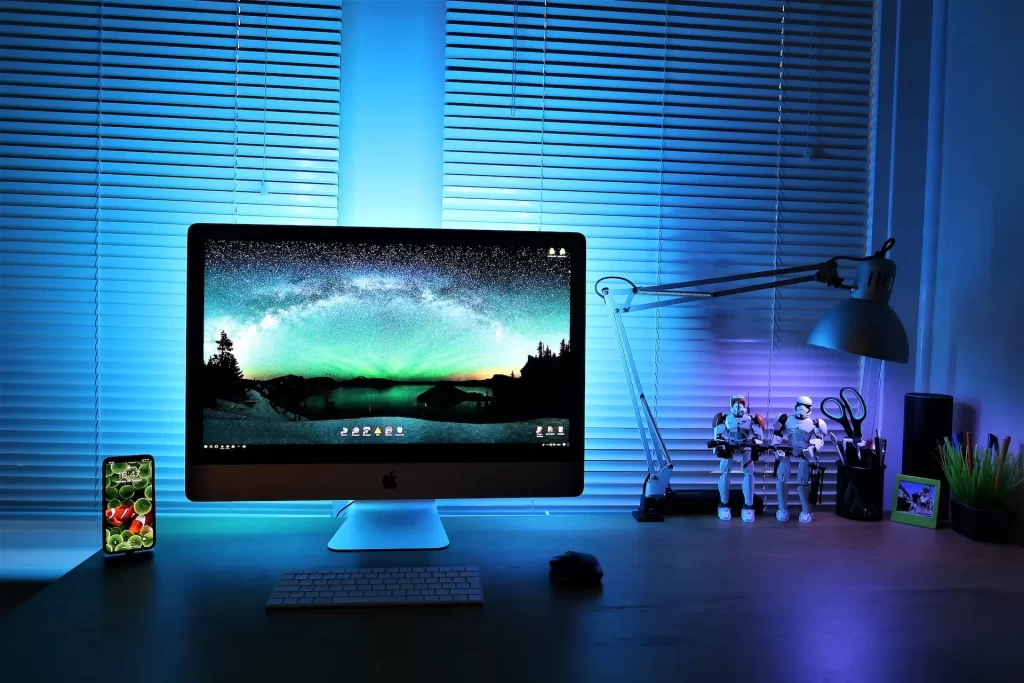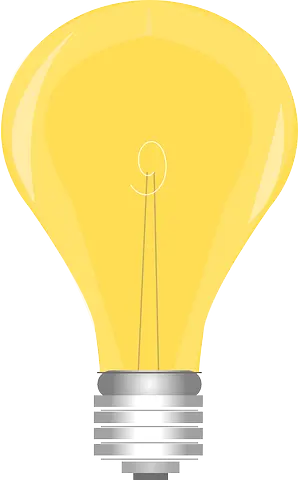
In terms of productivity, your workspace setup impacts how much work actually gets done. Simple changes to your physical environment can fine-tune and (re)program your mental states. One such change you can make is the color of the lighting in your room.
Lighting is overlooked when it comes to productivity – we tend to neglect or accept the lighting we have by default.
Yet, little did we know that we can manipulate lighting, in order to achieve flow states during work and a greater sense of overall well-being.
This is because numerous studies have proven that the colors we choose can directly impact productivity in a variety of ways, such as by evoking emotions and creating different states of mind. Some colors ignite creativity, some offer a sense of peace, while others enable intense concentration.
This relates to the colored lighting we can set up in our workspaces. Besides focusing on setting up comfortable desks and chairs and killing distractions, we can start looking at colored lighting when we work at home, remotely, or otherwise.
The best lighting for productive learning is cooler light at a color temperature of 5000K and above, which appears as blue white light (resembling daylight). This is opposed to lighting that is warm white (3000K and below) appearing yellowish, which is better for creative and unfocused activities.
What can we do with this information? We can take practical steps to experiment with different colored lighting in our home offices.
Best Light Colors for Productivity: Warmer light vs. Cooler light

The effects of experimenting with colored lighting can be transformative. To add color in your room, you do not need to separately paint your walls with different colors, or add different decorations to your walls. Lighting can create the color and feel of your entire working environment.
When you simply change the light conditions, the visual appearance of your desks, walls, and corners of your room will reflect these colors.
If you get adjustable bulbs, you have the flexibility to change the color temperature of the bulb, in accordance with the nature of tasks that you need to get done. These tasks may range from cognitively demanding tasks to creative ones involving brainstorming and connecting the dots.
A study at Cologne University of Applied Sciences found that color alterations in a classroom impacted the way students perform. Under cooler light with a color temperature of 4500-6000K, concentration improved. In fact, concentration was best under cold light at 6000K. When the color temperature was dropped to 3000K (warmer light), the students became more creative. However, lights that were either too bright or too dim were counterproductive.

In terms of learning, another study found that the academic performance of fourth grade students was better with 6500K lighting in classrooms. Recess activities do better with 3500K lighting, which provide a more relaxed vibe and environment.
Notice the difference between the lighting needed for concentration, in contrast to the lighting best suited for creativity.
During pivotal hours of the day, you could set up cooler lights to support concentration, and use warmer lights to switch things up and get creative during creative or after work hours.
| Lighting | Usage | Time of day (Suggested) |
| Cooler light with color temperature of 4500-6000K (day white, blue white) | Best suited for tasks requiring high concentration such as problem-solving, math, project planning, writing, programming | Mornings and AfternoonsEarly Evenings |
| Warmer light with color temperature of 2000-3000K (warm white and yellowish) | Best suited for creative tasks such as brainstorming, networking, and making mental connections | EveningsCreative sessions during the day |
This article was originally published on unboundist.com. If it is now published on any other site, it was done without permission from the copyright owner.
Blue (Cooler Light): Concentration, Communication, Learning Challenging Subjects
As we can see from the experiments in classrooms, blue is a color that is associated with intense concentration. Thus, blue light is best when we are learning a challenging subject, or working on a cognitively demanding task.
Project planning, coding, writing, and putting together a report are tasks enhanced by blue lighting. This is why offices commonly use cooler blue and white lights to increase employees’ productivity.
Since blue also represents trust, logic, and communication, it is an ideal color used to facilitate conversation. When meeting a new client, wearing blue sends subtle signs to another person that you are trustworthy. In terms of lighting, blue light is great when we work on dynamic tasks that require conversation, such as collaborative work, sales, and one-on-one meetings.
Not to be ignored is the fact that blue light affects our circadian rhythm, as it blocks melatonin — a hormone that makes us sleepy. Besides the commonly heard advice that we should avoid blue light at night, we can pull through during lunch hours with more blue light. It makes us alert and productive, dampening the drowsy effects we would often encounter after lunch.

Green Light: Relaxation and Calm
An overdose of blue in our environment makes us feel… blue. After all, blue is seen as somewhat of a monotonous color. Adding an element of vibrancy can prevent us from feeling the blues.
When we do intense work, we need to switch things up sometimes, take breaks, and feel renewed. This is why the colors blue and green are a great pairing.
While blue stimulates concentration, green provides a refreshing calm we need — the much-needed ‘life’ and vibrancy introduced to a built-up urban office. Green light is especially useful if your workspace lacks a touch of green.
After all, you cannot work continuously like a well-oiled machine without any sense of restfulness. Having green lights will go a long way in instilling a sense of calm, and thus longer-term efficiency.
Yellow and Orange (Warmer Light): Creativity and Vibrancy
Let’s move on to yellow and orange light. Yellow is another color that can engage your cognitive juices. The color yellow is synonymous with the image of an old-fashioned incandescent light bulb hanging over our heads as we brood over a complex problem. Over the years, we have been trained to associate yellow with creativity and the forming of synaptic connections in the brain.
As a color that is warmer on the color temperature scale, yellow lighting (color temperature of 2700-4000 K) will be best used in shorter bursts of time, and in smaller doses.
The energetic quality of yellow has a downside — it can lead to more aggressive tendencies due to the strong feelings that yellow evokes. Research has found that excessive yellow leads to a loss of temper and has caused more fights among students in school. Thus, use yellow lighting sparingly, especially if you tend to get easily irritated by your work.

Fortunately, you can change up the color appearance of your workspace with a close color to yellow — and that is orange lighting. The color orange is a mood lifter, a vibrant color that communicates energy. Because it is attention-grabbing (and slightly overwhelming), it is best to use orange in small doses, but orange does not evoke the aggressive tendencies that can be caused by yellow.
If you are cooped up in your home office, orange is the happy color you need to energize your day. It can be used to deal with feelings of moodiness and negativity, which are common experiences when one is working from home.
Other Color Lights for Productivity
Besides the main colors mentioned above, you can also experiment with other colors for your workspace lighting. Two other colors you can play with are red and lavender.
Red is a color that energizes you, stimulates your blood flow, and evokes passion. This is why red is known to be great for motivation and meeting deadlines. However, the downside is that the injection of energy can carry an aggressive effect, leading to frustration more easily.
As for lavender or purple, the opposite is true — lavender evokes peace and calm. It represents wisdom, mystery, and spirituality, and it is also associated with artistic expression. Purple is great for tasks like reading, rest, and reflection.
In terms of bringing about productivity, red and purple lighting are most likely colors that you would use in smaller doses.
Closing Thoughts
Now that you know how colored lighting suits different types of work, it is best to experiment and find the lighting (and combinations) you work best under. You do not have to buy multiple bulbs with various brightness levels and color temperatures, as there are adjustable bulbs available. For a start, you could get a cheap dimmable bulb to go with your desk lamp, and use a dimmer switch to toggle between different color settings.